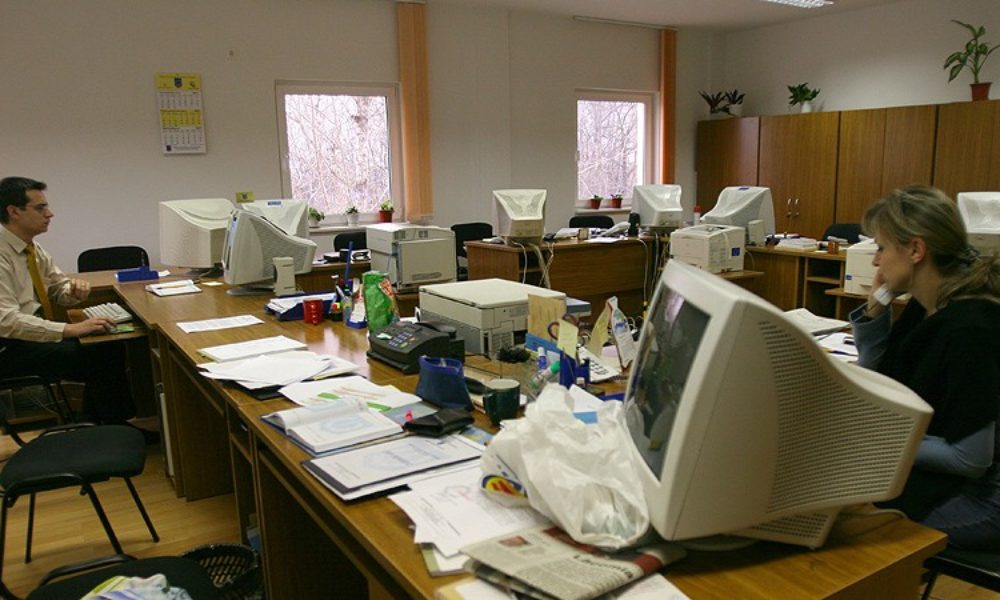BNR: inflation descends, imbalances grow

The National Bank of Romania (BNR) recently published the minute of the last monetary policy meeting, a document from which a series of worrying aspects regarding the evolution of the Romanian economy appears at the beginning of 2025. Although the general inflation continued to decrease slightly, the Board of the NBR notes a series of systemic risks that can put in the period.
Inflation gives signs of slowing but not enough
The annual inflation rate reduced marginally, from 5.14% in December 2024 to 5.02% in February 2025, under the expectations of the central bank. This slow evolution is attributed to unexpected acceleration of energy and administered prices, which have counterbalanced by food and fuels.
Although the basic inflation (adjusted Core2) has registered a more visible decrease, reaching 5%, this evolution is considered by the NBR to be largely the result of basic effects, rather than a solid and sustainable disinflation.
Inflationary expectations return to an upward trend
One of the most worrying signals is the increasing return of inflationary short -term expectations from companies and consumers. Even in the long term, the bank analysts adjusted their estimates upwards, approaching the upper limit of the BNR target. These high inflationary anticipations can perpetuate the increase in prices by increasing wage demands and prices practiced by companies.
Persistent external imbalances
On the external front, the situation remains fragile. The current account deficit has registered a significant acceleration in the fourth quarter 2024, despite a modest improvement of the commercial balance. This deterioration is on account of the accentuated decrease in external income, including from European funds, and negative dynamics of exports, in contrast to the re -element of imports.
Labor Market: Salary pressures and labor deficit
Despite some labor market relaxation signals in the second part of last year, the beginning of 2025 shows a possible reversal of this trend. The unemployment rate has decreased slightly, the employment has accelerated, and the labor deficit reported by companies has been amplified again.
The increase of wage costs is significant – the unit cost with the labor force in the industry increased by 15.3% at the beginning of the year. This rhythm is considered by the NBR as a worrying both from the perspective of inflation and external competitiveness, given that productivity does not keep up with salaries.
Investments in regress, in advance consumption
Another alarm signal is the steep decrease in investments (gross fixed capital formation), which has pulled down the pace of economic growth in the last quarter of 2024, reached only 0.7%. At the same time, the consumption of households remained at a high level, fueled by the increase of real income and social transfers.
This dynamic – sustained consumption, investments in regress – feeds the structural imbalances of the economy and reduces the long -term growth potential.
External risks and geopolitical uncertainties
The NBR also emphasizes the existence of important external risks, especially from the area of US commercial policies and related international reactions, which can affect the global economy and international commercial flows. These uncertainties increase the degree of unpredictability of the Romanian macroeconomic context.
Even if the basic indicators suggest an apparent positive evolution – the decrease of the basic inflation, the increase of the real incomes, the stability on the financial markets – the NBR analysis reveals deep tensions in the Romanian economy: persistent inflationary expectations, strong wage pressures, external imbalances and a chronic lack of investment. In the absence of coherent measures of fiscal consolidation and structural balancing, these vulnerabilities can become sources of instability in the medium term.




:format(webp)/s3/static.nrc.nl/images/gn4/stripped/data133280221-bb4cba.jpg)

